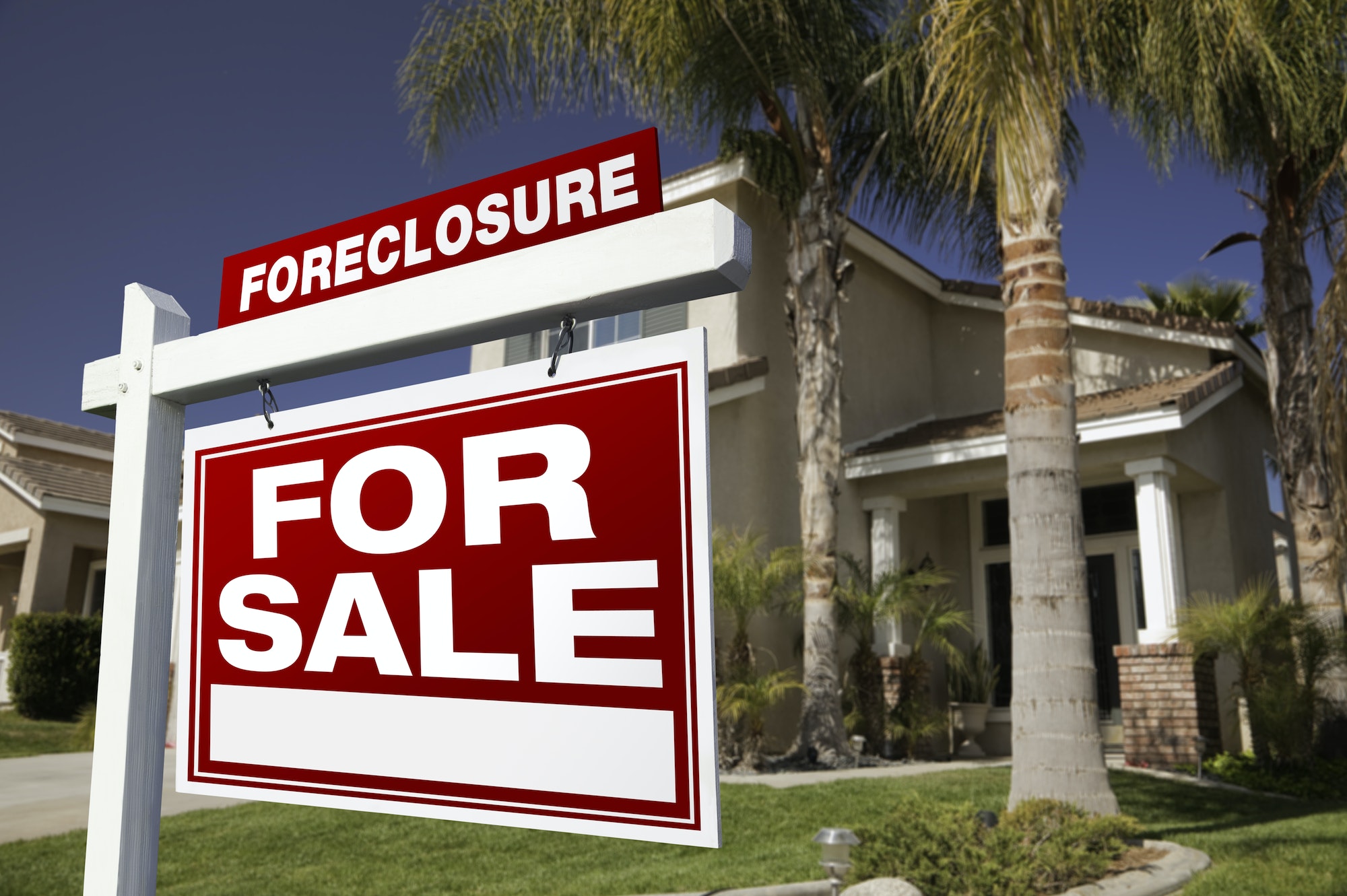Are you earning a handsome salary of $120,000 per year and pondering over the question, “how much house can I afford?” Well, you’re not alone. Many people in your income bracket are grappling with the same question. The answer isn’t as straightforward as you might think, as it depends on a variety of factors, including your location, lifestyle, and financial goals.
Table of Contents
But don’t worry, we’ve got you covered. We’ve analyzed data from WalletHub and WiseVoter to provide a solution to your housing conundrum. These sources have ranked states based on quality of life, affordability, and median home prices.
Here’s the proof: the top 10 states where your $120,000 income can afford you a comfortable lifestyle and a lovely home.
- Massachusetts – With an excellent education system and healthcare, Massachusetts is a great place to live. The median home price is $439,100, which might be a bit steep, but it’s worth considering given the high quality of life.
- Minnesota – Known for its high standard of living and excellent education system, Minnesota has a median home price of $307,700. This is quite affordable for someone with a $120,000 annual income.
- New Hampshire – With a low poverty rate and high standard of living, New Hampshire is another state to consider. The median home price is $306,300, making it a feasible option.
- New Jersey – Despite the high median home price of $372,600, New Jersey offers a high median household income and quality healthcare, making it a viable option.
- Colorado – If you love the outdoors and a strong economy, Colorado is for you. The median home price is $397,800, which is manageable on a $120,000 salary.
- Wisconsin – With an excellent education system and high quality of life, Wisconsin is a great choice. The median home price is $300,200, quite affordable on a $120,000 salary.
- Virginia – Known for its strong job market and high standard of living, Virginia has a median home price of $315,000, which is quite reasonable.
- Iowa – With a low cost of living and high quality of life, Iowa is a great option. The median home price is $290,900, making it one of the most affordable states on our list.
- North Dakota – With a strong economy and low unemployment rate, North Dakota is worth considering. The median home price is $304,100, which is quite affordable.
- Utah – Known for its strong economy and high standard of living, Utah has a median home price of $327,200, which is manageable on a $120,000 salary.
So, if you’re making $120,000 a year and wondering how much house you can afford, these states offer a great starting point. Remember, choosing a home is not just about affordability, but also about the quality of life you and your family can enjoy.
Case Study: Buying a House in Massachusetts with a $120,000 per Year Salary
Scenario 1: Buying a House Immediately
John, a software engineer, is currently making $120,000 per year. He has been eyeing a house in Massachusetts, where the median home price is $439,100.
John has saved enough for a 20% down payment ($87,820), which leaves him with a mortgage of $351,280. Assuming a 30-year mortgage with a 3% interest rate, his monthly mortgage payment would be approximately $1,482.
With an annual salary of $120,000, John’s monthly income before taxes is $10,000. Financial experts recommend spending no more than 28% of your gross monthly income on housing expenses. In John’s case, this would be $2,800. His monthly mortgage payment of $1,482 fits comfortably within this budget, leaving room for property taxes, home insurance, and maintenance costs.
Scenario 2: Buying a House After a Salary Increase
Let’s imagine that John decides to wait for 5 years before buying a house, during which his salary increases by 20% to $144,000 per year.
Assuming the median home price in Massachusetts increases at an average rate of 3% per year, the price after 5 years would be approximately $508,900. John has been saving during these 5 years and has enough for a 20% down payment ($101,780), leaving him with a mortgage of $407,120.
With a 30-year mortgage at a 3% interest rate, his monthly mortgage payment would be approximately $1,717. With his increased salary, John’s monthly income before taxes is now $12,000. The recommended 28% of this amount for housing expenses is $3,360. His monthly mortgage payment of $1,717 still fits within this budget, again leaving room for property taxes, home insurance, and maintenance costs.
In both scenarios, John is able to afford a home in Massachusetts on his salary of $120,000 per year, and even more comfortably after a 20% salary increase in 5 years. However, it’s important to note that these scenarios do not take into account other living expenses or changes in interest rates, which could impact John’s ability to afford the mortgage payments.
Which Scenario is Better?
The better scenario depends on John’s personal circumstances, financial goals, and market conditions. Here are some considerations:
Scenario 1: Buying a House Immediately
- If home prices are expected to rise significantly in the next few years, it might be better to buy now to lock in the current price.
- If John values homeownership and wants to start building equity immediately, buying now could be the better option.
- If John has a stable job, enough savings for the down payment and closing costs, and can comfortably afford the ongoing costs of homeownership (mortgage payments, property taxes, insurance, maintenance), buying now could be a good choice.
Scenario 2: Waiting 5 Years
- If John expects his income to increase significantly in the next few years, it might be better to wait. With a higher income, he could afford a larger mortgage or a more expensive home.
- If John needs more time to save for a down payment or closing costs, waiting could be the better option.
- If John is not ready for the responsibilities of homeownership, or if he values the flexibility of renting, waiting could be a good choice.
In both scenarios, John can afford the home, but waiting allows him to comfortably afford a more expensive home due to his increased salary. However, this also assumes that home prices and interest rates will not increase significantly during that time.
It’s important for John to consider his own financial situation, lifestyle preferences, and the housing market when deciding the best time to buy a home. Consulting with a financial advisor or real estate professional could also be beneficial.
Understanding the Costs Involved in Buying a House
When you’re preparing to buy a house, it’s essential to understand all the costs involved, not just the price of the home itself. The process of purchasing a home involves several fees, often referred to as closing costs, which can add up to a significant amount. These costs can include everything from loan origination fees to appraisal costs, and understanding them is crucial to avoid any surprises and to ensure you’re financially prepared for homeownership. Let’s delve into the various fees you’ll need to account for when buying a house.
Detailed List of Fees:
- Down Payment: This is the part of the purchase price that you pay upfront. The amount can vary, but it’s typically between 5% and 20% of the home’s price.
- Loan Origination Fee: This is what the lender charges for processing the loan paperwork for you. It’s typically about 0.5% to 1% of the loan amount.
- Appraisal Fee: Before a lender will approve your loan, they’ll require an appraisal of the property to ensure the home is worth the price you’re paying. This can cost between $300 and $500.
- Home Inspection Fee: This is a thorough inspection of the home to check for any potential issues. This can cost between $300 and $500.
- Property Taxes: These are taxes imposed by the city or county where the property is located. You’ll need to pay a prorated amount at closing for the portion of the year you’ll own the home.
- Homeowners Insurance: This insurance covers potential damages to your home. The cost can vary widely depending on the home and location, but the national average is around $1,200 per year.
- Private Mortgage Insurance (PMI): If your down payment is less than 20% of the home’s price, you’ll likely need to pay for PMI. This can range from 0.5% to 1% of the entire loan amount annually.
- Title Insurance: This protects you and the lender from any property ownership disputes. The cost depends on the home’s price, but it can range from a few hundred to over a thousand dollars.
- Closing Fee: This is paid to the title or escrow company, attorney, or other authorized party conducting the closing. This can range from $500 to $1,000.
- Recording Fees: These are fees for legally recording the new deed and mortgage. These fees can range from $50 to $250.
These costs can vary widely depending on your location, the home you’re buying, and the lender you’re working with. Always ask for a detailed list of costs upfront so you know what to expect.
In conclusion, buying a home is a significant financial decision that involves more than just the purchase price. It’s essential to understand all the associated costs, from the down payment to closing costs, to ensure you’re fully prepared for this exciting step. While the process may seem daunting, being well-informed can help you navigate it with confidence.
Remember, a house is more than just a financial investment. It’s a place to call home, to create memories, and to build a future. So, while the financial aspect is crucial, it’s equally important to find a home that fits your lifestyle and brings you joy.
Whether you’re buying your first home or your fifth, it’s a journey filled with anticipation and excitement. With careful planning and a clear understanding of the costs involved, you’ll be well on your way to holding the keys to your new home. Happy house hunting!
Discover more from Futurist Architecture
Subscribe to get the latest posts sent to your email.




